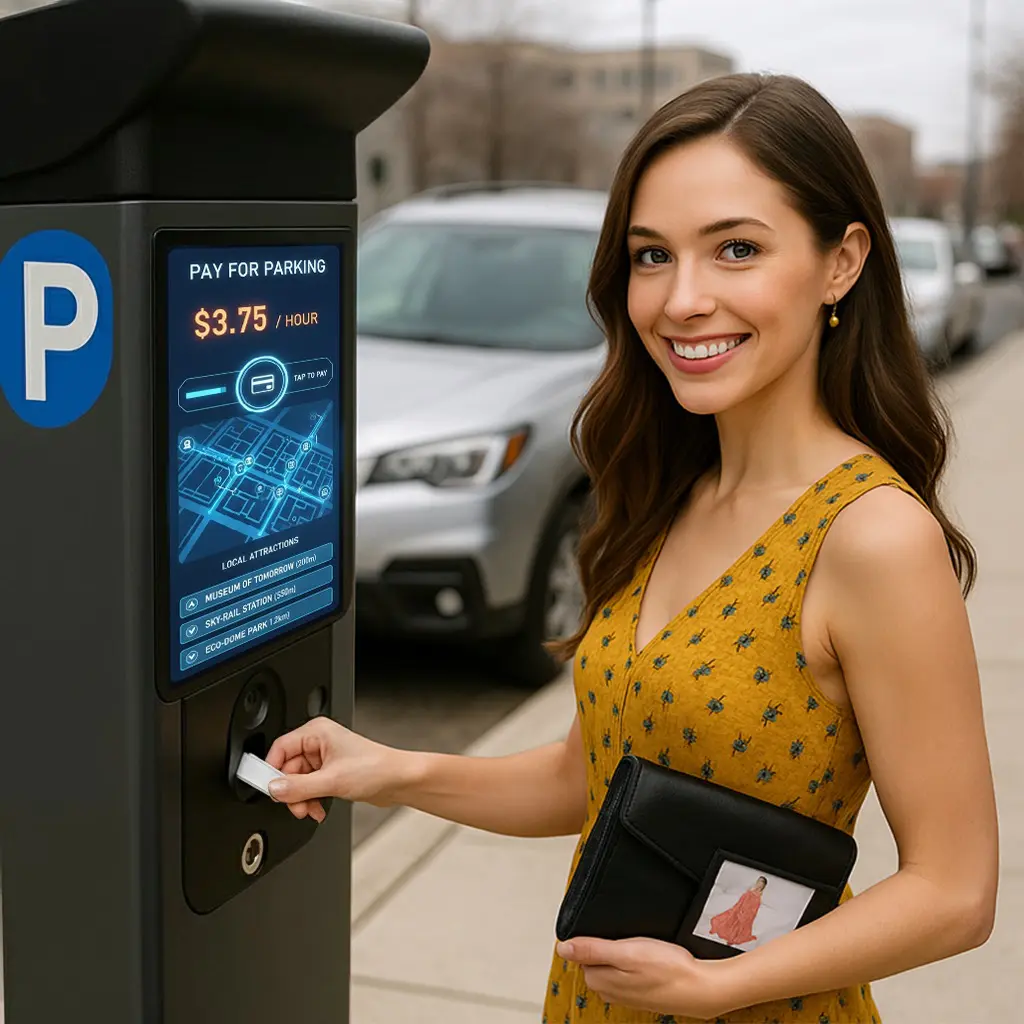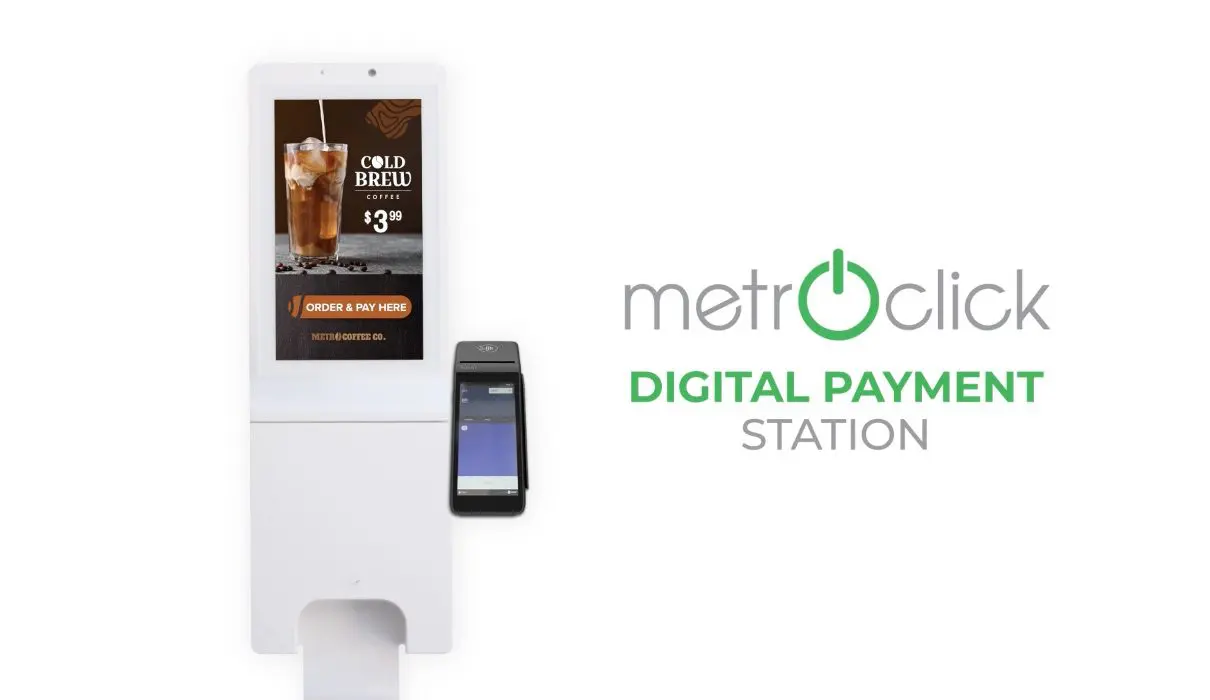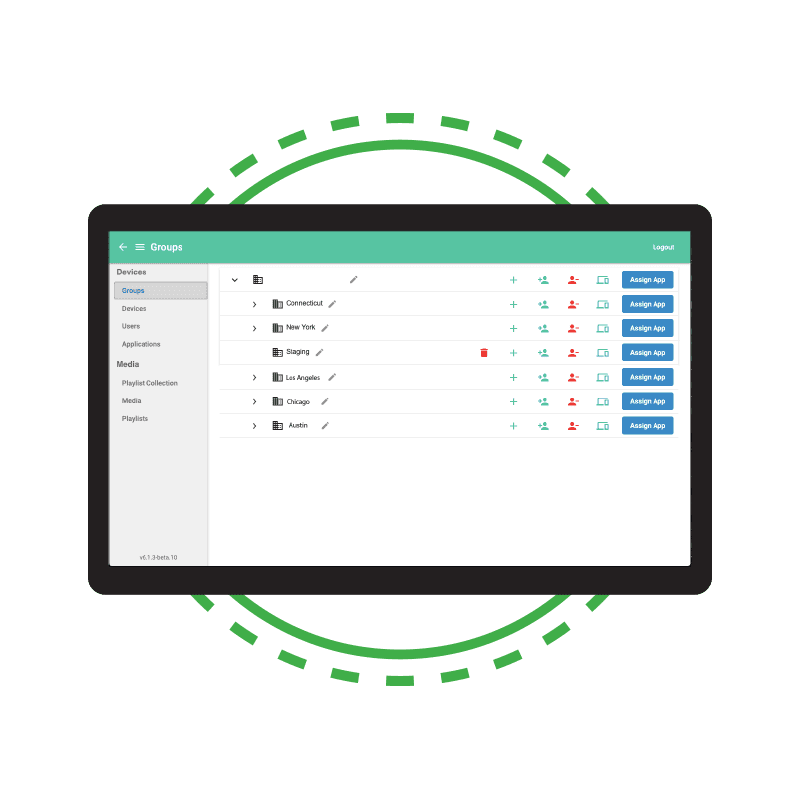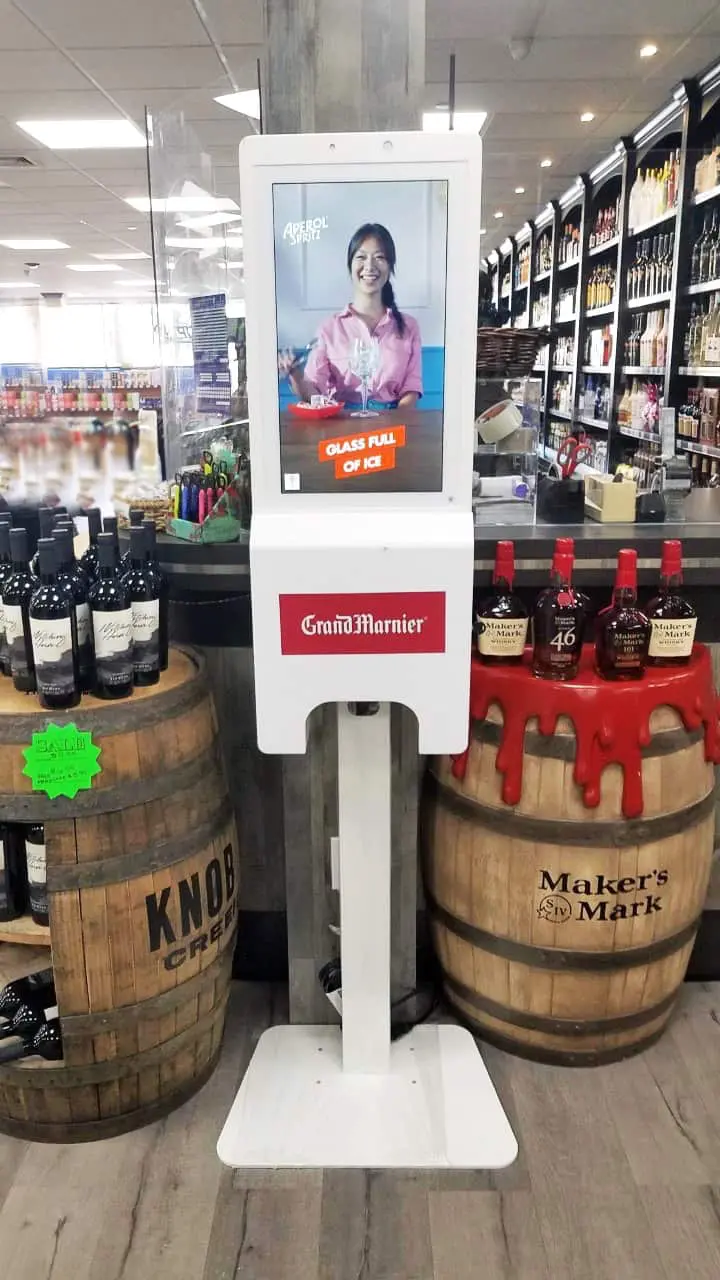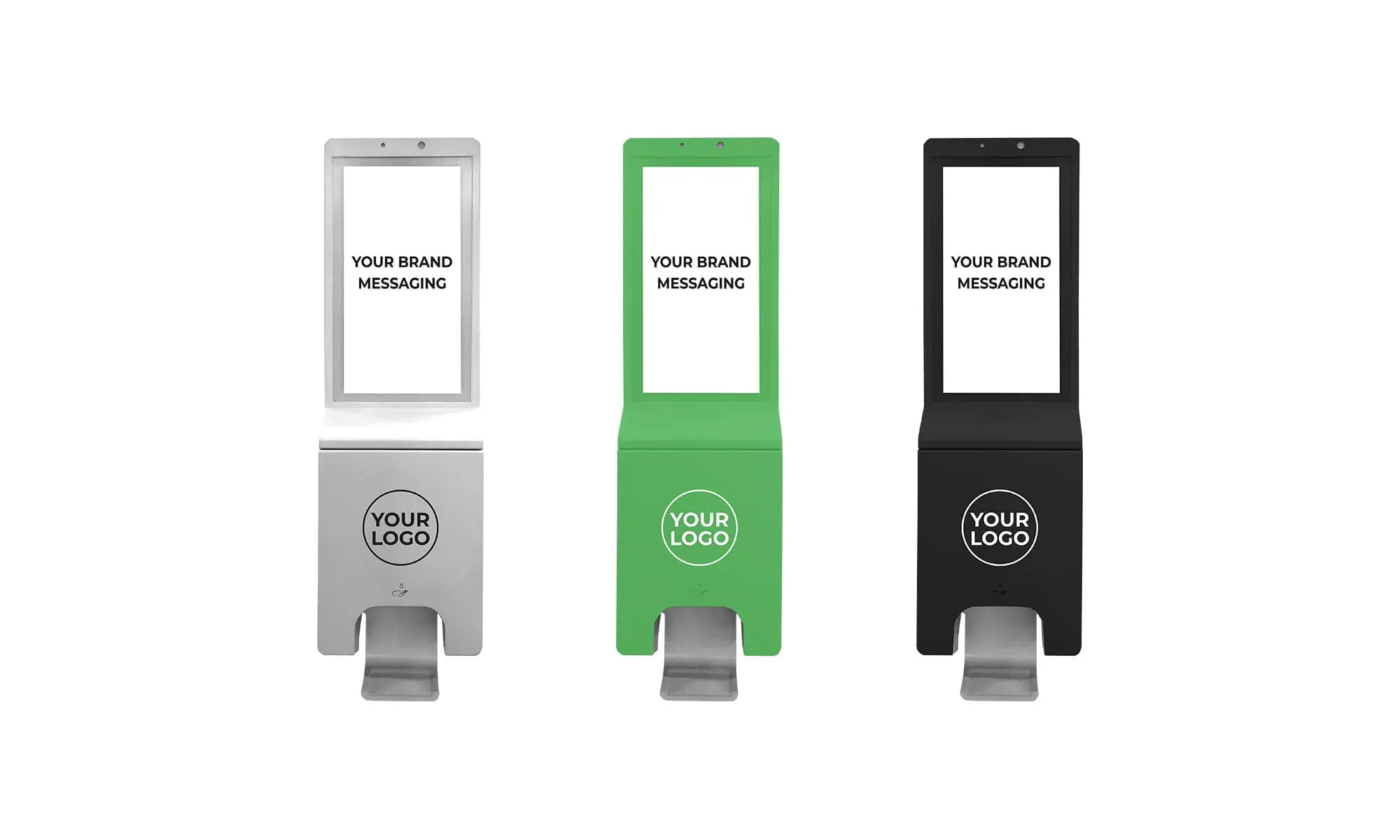One of the greatest feats of 21st century retailing is the invaluable insight brands are getting on every nuance of customer behavior, allowing them to create personalized and optimized products and experiences for their unique clientele. Everything from sales data to website heatmaps to device usage gets recorded, and brands can know today where their proverbial ad penny is best spent.
What’s left, then, for the brick and mortar space? After all, the fact that customers are engaged enough to walk into a physical store indicates the store is peaking their interest in some way; the question is, what way? And, how can the brand effectively combine online and in-store marketing efforts to optimize sales?
Several prominent business thought leaders have considered this question of how to implement the beauty of online data tracking offline. One way is to integrate the swiftness and seamlessness of digital data collection into the physical space. This means creating a system that requires customers to enter or sync their details in the store in order to leverage some special content on a kiosk or screen.
For example, a kiosk in a department store could allow fashion-forward customers to peruse through the store’s inventory, and suggest stylist’s outfit combinations. The system could provide shoppers with outfit ideas on the spot, then prompt them to test them out in the dressing room. In order to access the app, however, customers would be prompted to enter their basic details enabling stylistic choices to be tied to an identity. Such a system allows for retargeting a customer on social media, promoting items they matched or even tried on but may not have purchased.
With a large enough data base of walk-in customers, brands have measurable and actionable insight on behavioral differences between the two customers segments, more detailed and nuanced than previously. Such data can highlight differences between the two segments such as stylistic preferences, initial product interests, and purchase decisions drivers, in turn allowing a brand to better optimize presentation of products to both segments.
For many retailers, this optimization has quickly translated to hard sales increases. Market studies indicate that interactive systems, specifically kiosks, improve brand awareness by 57%, Some retail centers have even seen as high as a 43% increase in net profits.
What’s more, once a customer has a profile, they can opt into loyalty programs, earn reward points, and will even be privy to special promotions.
This is gold for all marketing minds of the world, and we’re looking forward to kiosk integrations, interactivity, and leveraging retail tech in the best way possible.



